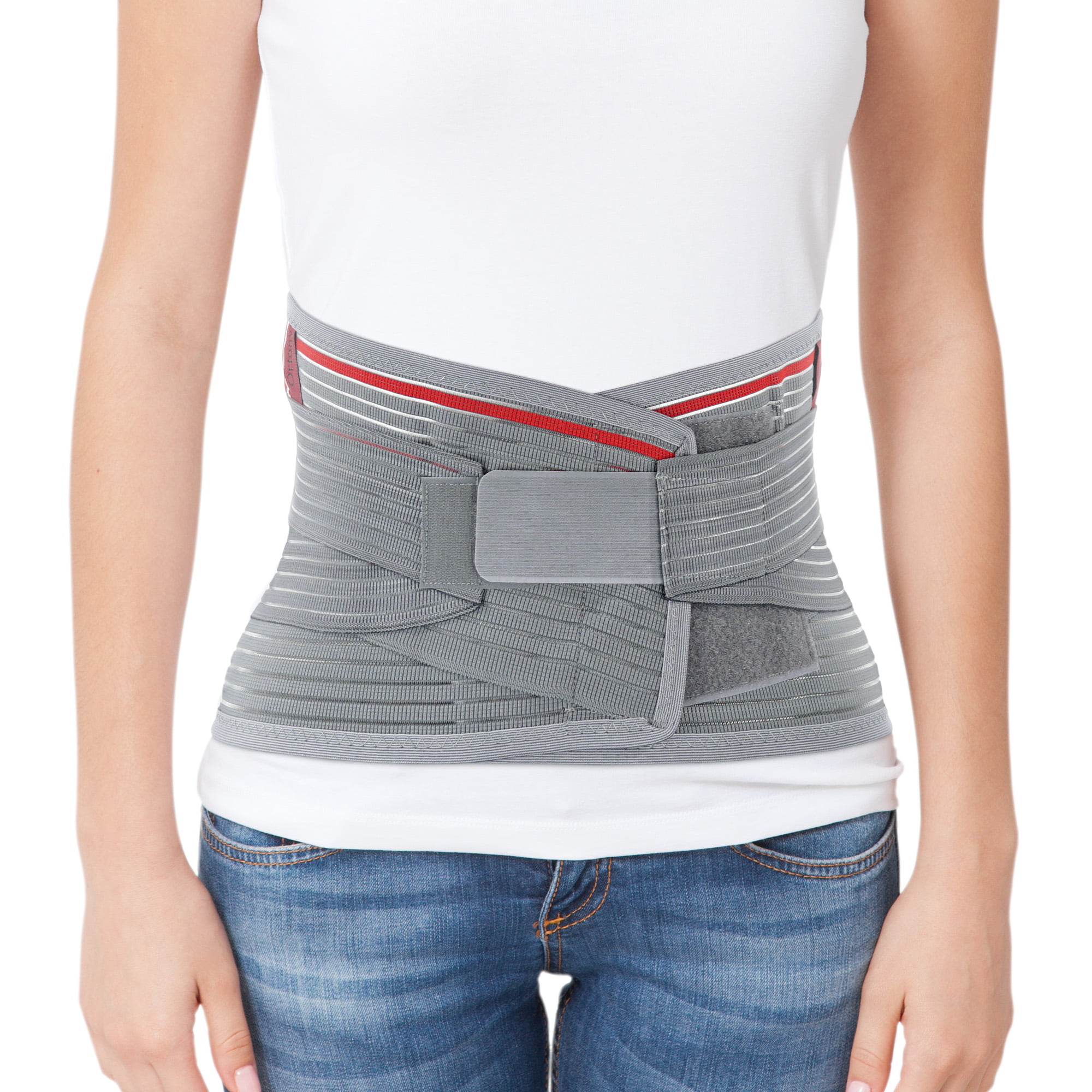

Like training wheels on a bike, these extra supports are helpful for a bit, but down the road they’ll need to come off. Spinal support belts help to take stress off the spine, and that’s great in the short-term, but eventually you’ll want to increase the amount of normal pressure your spine handles.

In fact, overreliance on these belts without pursuing other treatments can actually lead to another problem – muscle atrophy. Support belts may make it easier to perform these active techniques, which is why they can be a wonderful addition to your treatment plan, but they won’t do all the work for you. That’s why it’s always a good idea to pair a passive treatment technique like a spinal support belt with active interventions like physical therapy, stretching exercises or exercise.ĭon’t just wear your support belt and take over-the-counter medications, because these passive techniques won’t take care of the problem in the long-run.

It can provide a better environment for healing, delay condition progression or provide some additional muscle support, but on their own, support belts won’t strengthen your spine, decompress a nerve or reverse damage caused by poor posture. The biggest drawback of a spinal support belt is that it rarely helps to treat the underlying issue. Easy To Use – You can perform a number of everyday activities while wearing the belt, so you can provide some passive treatment while you’re at work or at home so long as you’re wearing the support belt.Extra Support – As the name implies, a support belt can help provide additional support when you’re moving or lifting something, which takes pressure off your spine.You may not be able to rotate your spine as easily when wearing a belt, and limiting your activity levels after a muscle or ligament tear can help to provide an ideal environment for tissue healing to take place. Movement Restriction – The support belts also help to protect your back by restricting unhealthy movements.The belt won’t shift your spinal curve back to the correct position, but it can slow down the speed at which the curvature progresses. Delayed Condition Progression – By adjusting your posture and adding some additional support, your back belt may help to slow the progression of a condition like scoliosis or kyphosis.Better spinal alignment can help to alleviate pain or problems caused by segmental instability. Improved Posture – A spinal support belt can shift your posture when you’re seated or standing so that pressure is more evenly dispersed along your spine.That said, here are some of the benefits you may achieve by wearing a spinal support belt in line with your doctor’s recommendations: The Pros Of Spinal Support Beltsįor the right patient, spinal support belts can play a key role in their comprehensive treatment plan, but as we’ll touch on in the drawback section, they shouldn’t be used as your only form of treatment. In today’s blog, we take a closer look at some of the pros and cons associated with a support belt for your back. There are a number of different treatment techniques that can be used to help alleviate your back pain, and one pursuit that patients often ask us about is a spinal support belt. The Pros & Cons Of Spinal Support Belts Category: Spine | Author: Stefano Sinicropiīack pain is an incredibly common condition, and tens of millions of Americans seek care for their back discomfort every year.


 0 kommentar(er)
0 kommentar(er)
